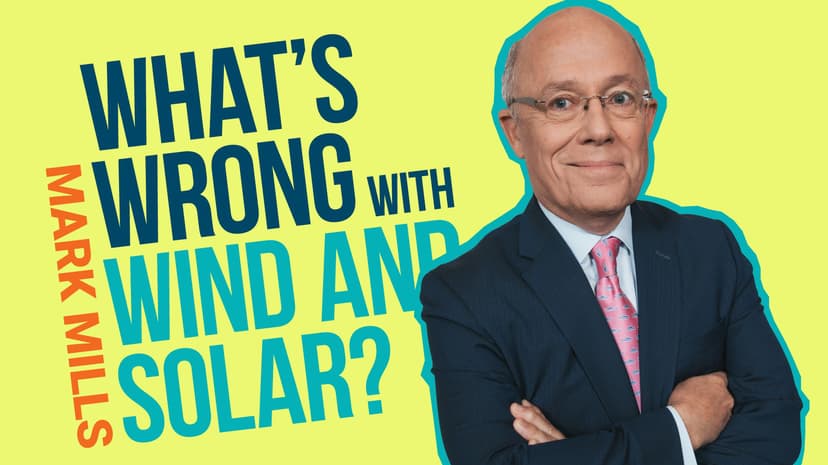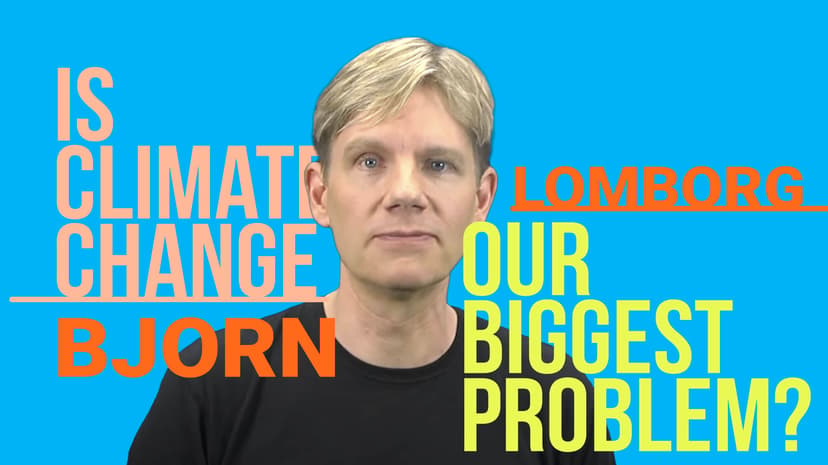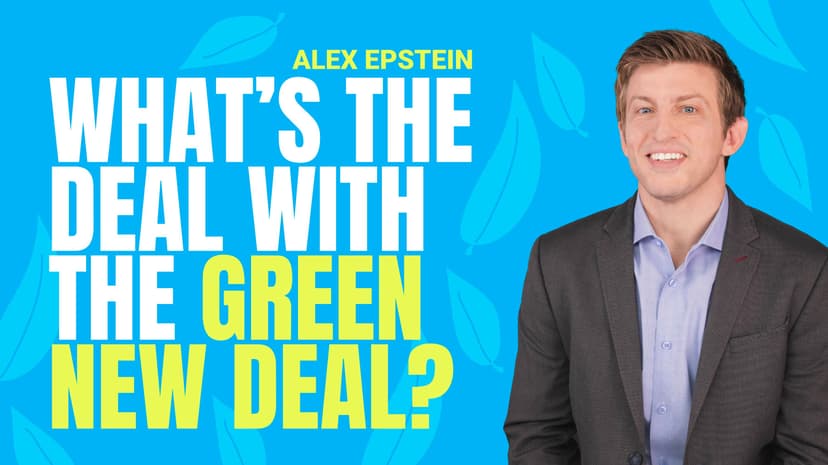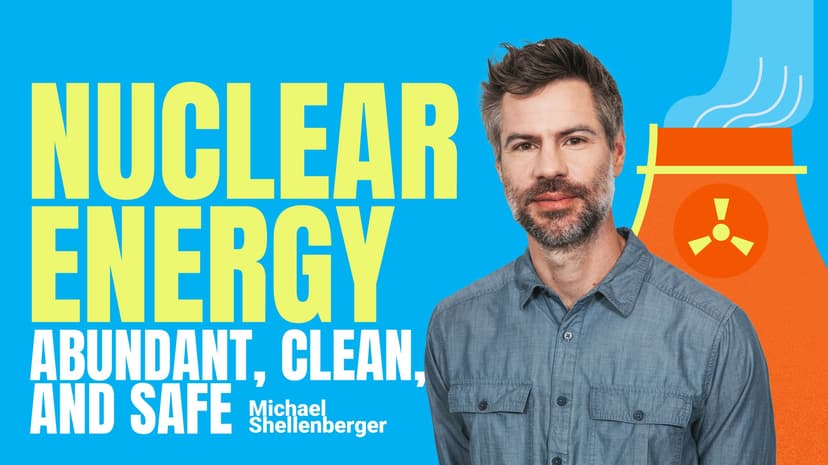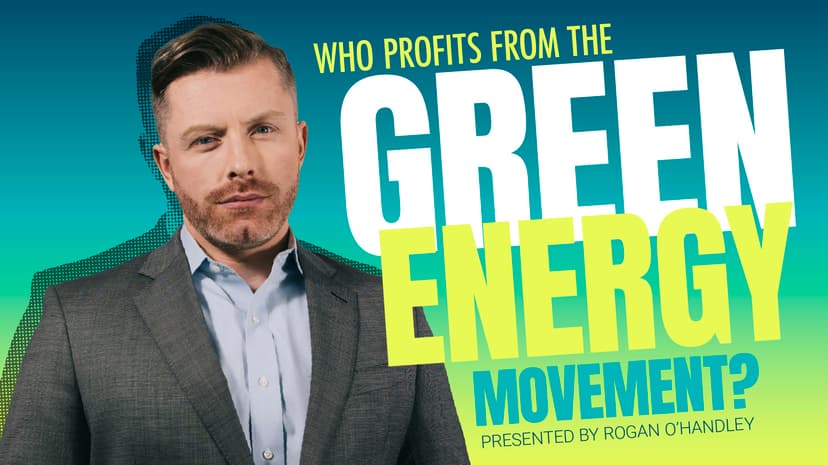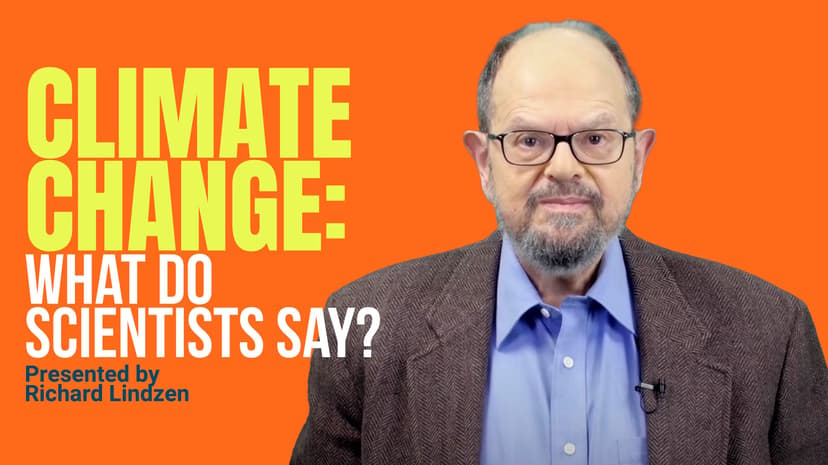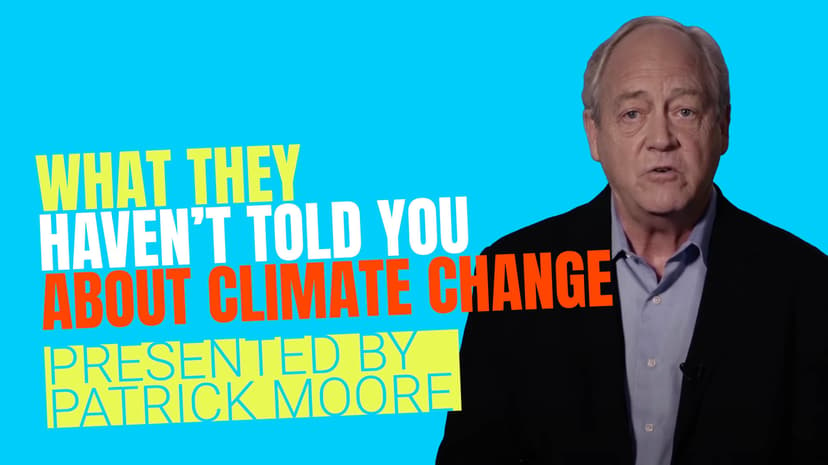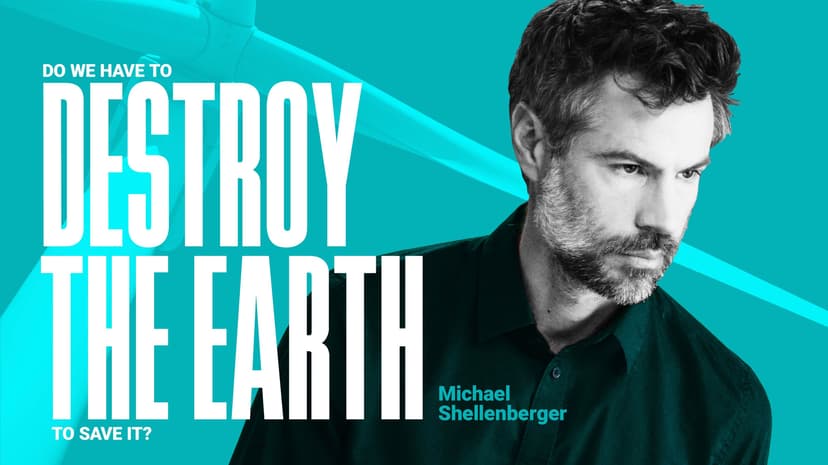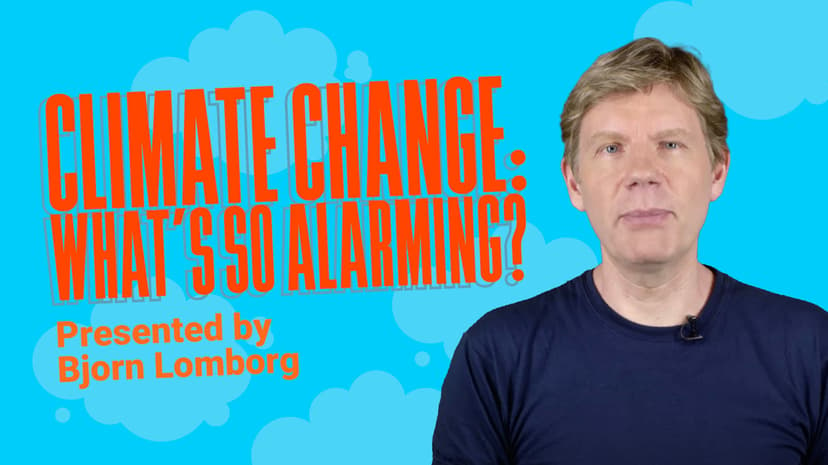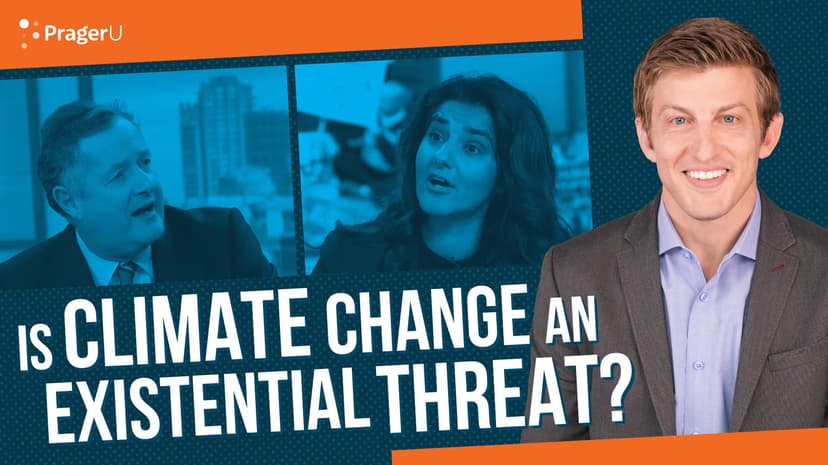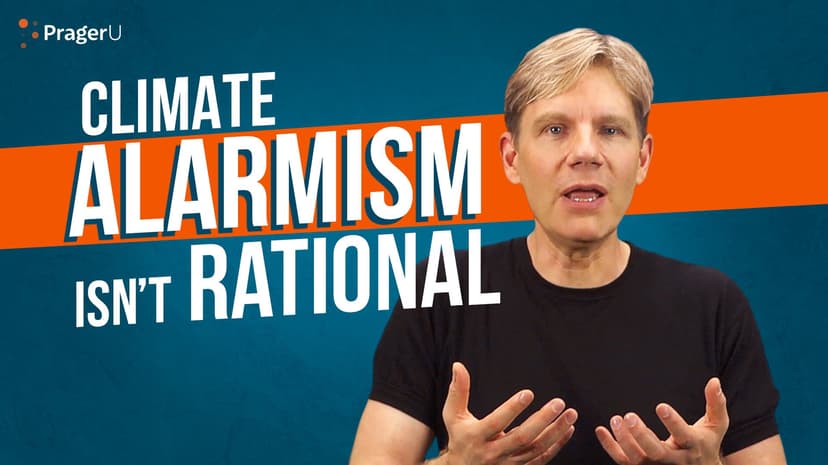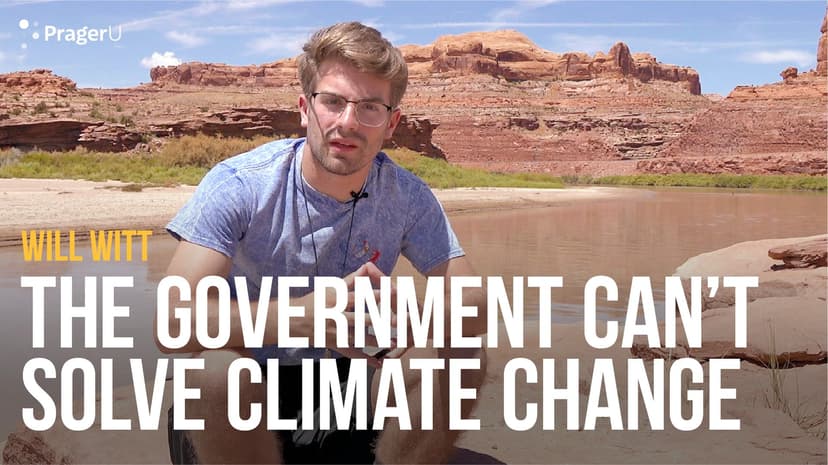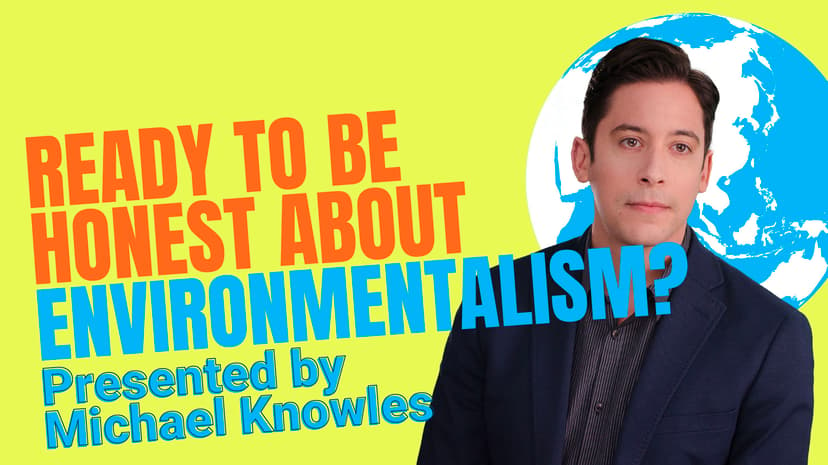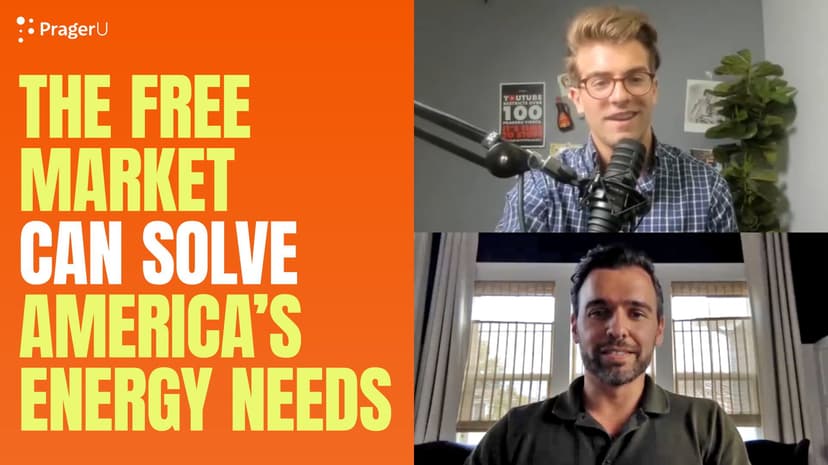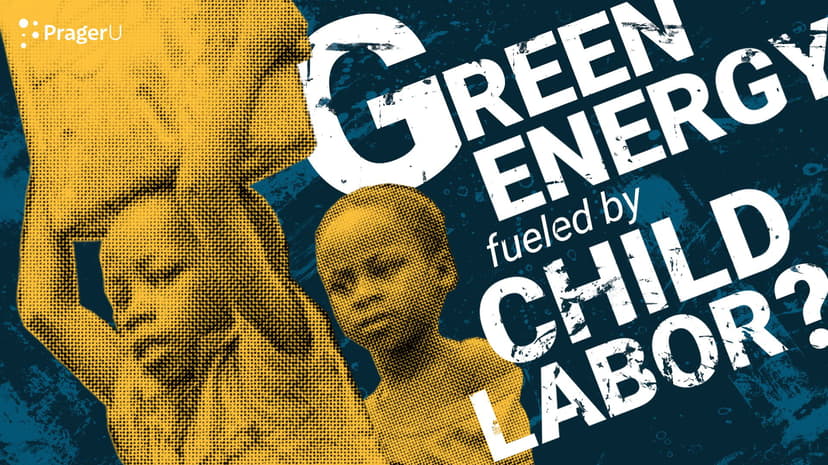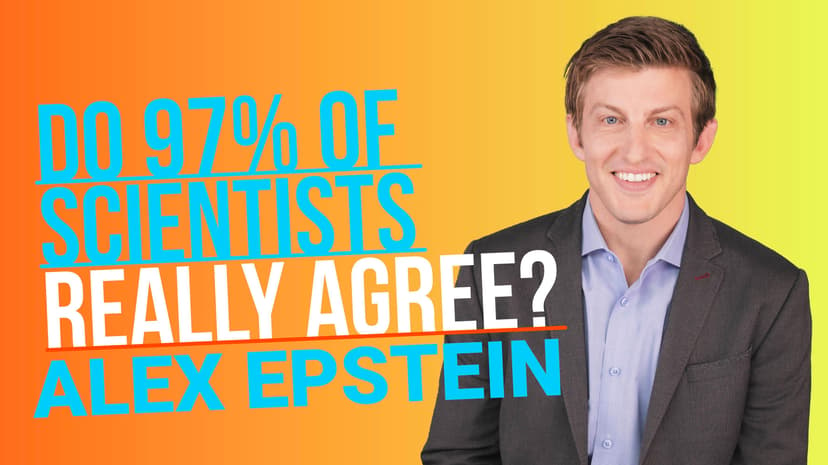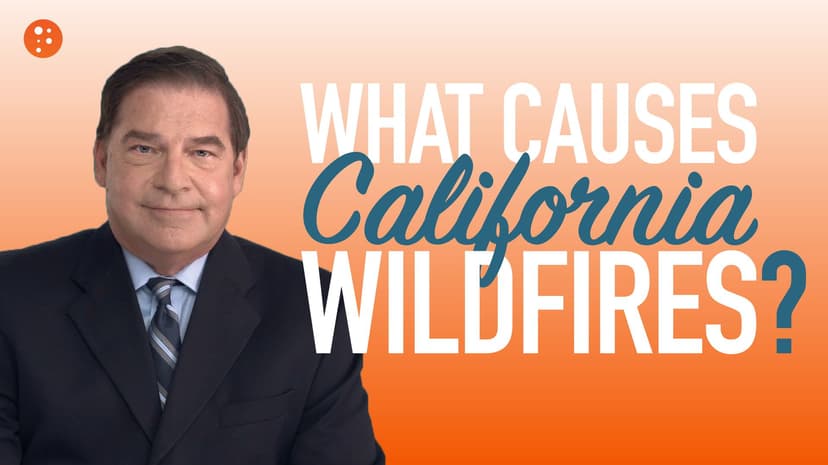The Paris Climate Agreement Won't Change the Climate
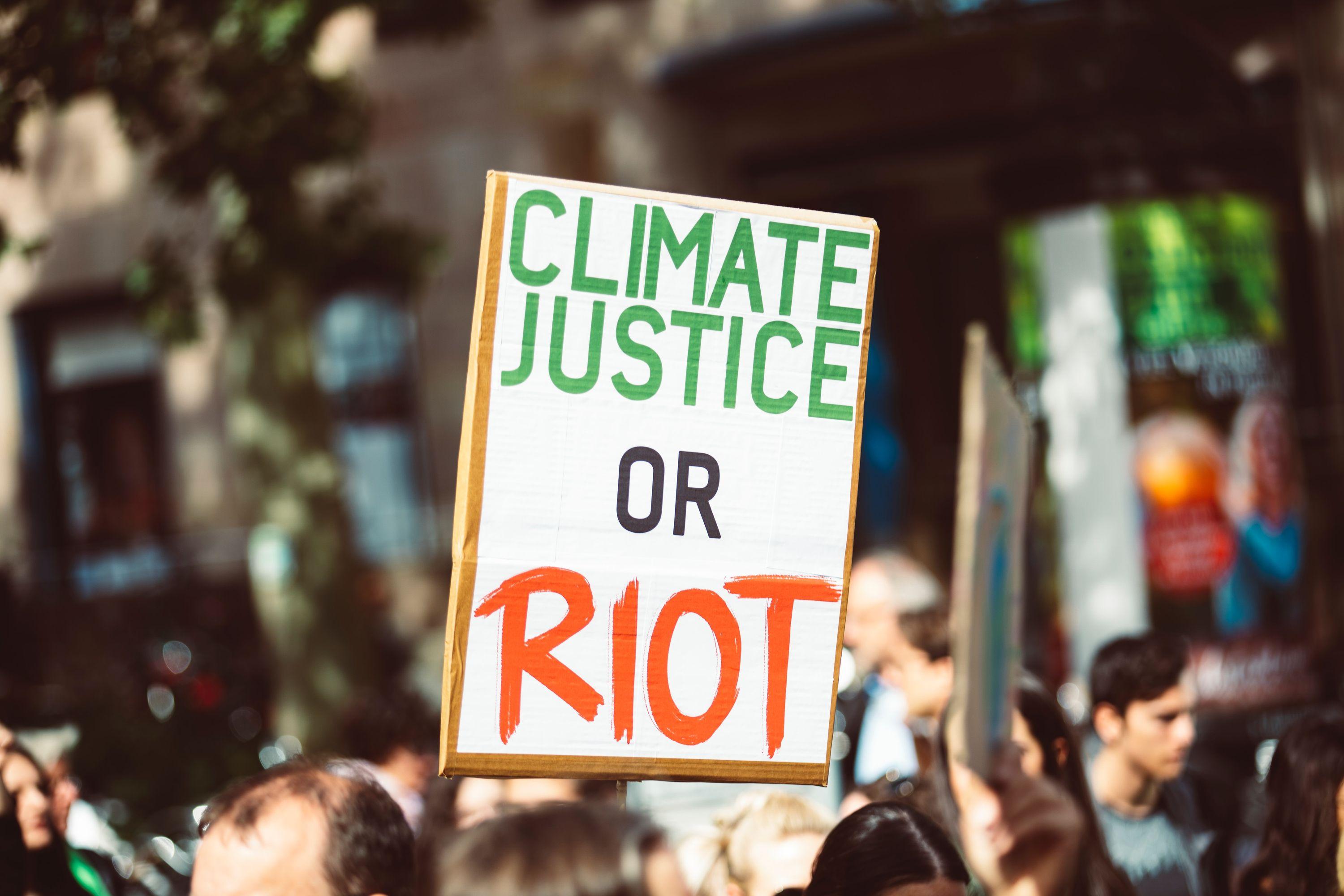
The Paris Climate Agreement Won't Change the Climate presented by Bjorn Lomborg
Much has been made of the Paris Climate Agreement signed by the leaders of 178 countries in 2016. French foreign minister Laurent Fabius, speaking for many, called it a "historic turning point."
The head of the U.S. Environmental Protection Agency, Gina McCarthy, echoed the minister's remark when she testified before the House Committee on Science, Space and Technology. The Paris Agreement was, she said, an "incredible achievement." But when pressed by committee members to explain exactly how much this treaty would reduce global temperatures, she would not – or could not – say.
This combination of grand pronouncements and vague specifics is a good strategy for Paris Agreement fans to take. Because the agreement will cost a fortune, but do little to reduce global warming.
Consider the Obama administration's signature climate policy, the Clean Power Plan. Using the same climate prediction model that the UN uses, I found that the power plan will accomplish almost nothing. Even if its cuts to carbon dioxide emissions are fully implemented – not just for the 14 years that the Paris Agreement lasts, but for the rest of the century – the Clean Power Plan would reduce the temperature increase in 2100 by just 0.023 degrees Fahrenheit.
The President has made further, and grander, promises of future U.S. carbon cuts, but these are only vaguely outlined. In the unlikely event that all of these extra cuts also happen, and are adhered to throughout the rest of the century, the combined reduction in temperatures would be 0.057 degrees.
To put it another way, if the U.S. delivers for the whole century on the President's very ambitious rhetoric, it would postpone global warming by about eight months at the end of the century.
Now let's add in the rest of the world's Paris promises. If we generously assume that the promised carbon cuts for 2030 are not only met (which itself would be a U.N. first), but sustained, throughout the rest of the century, temperatures in 2100 would drop by 0.3 degrees – the equivalent of postponing warming by less than four years. Again, that's using the UN's own climate prediction model.
But here's the biggest problem: These miniscule benefits do not come free; quite the contrary.
The cost of the Paris climate pact is likely to run to 1 to 2 trillion dollars every year, based on estimates produced by the Stanford Energy Modeling Forum and the Asia Modeling Exercise. In other words, we will spend at least one hundred trillion dollars in order to reduce the temperature, by the end of the century, by a grand total of three tenths of one degree.
Some Paris Agreement supporters defend it by claiming that its real impact on temperatures will be much more significant than the U.N. model predicts. But this requires mental gymnastics and heroic assumptions.
The Climate Action Tracker, widely cited by Paris Agreement fans, predicts a temperature reduction of 1.6 degrees Fahrenheit by the end of the century. But this prediction is based very heavily on the assumption that even stronger climate policies will be adopted in the future. Actually, 98% of the assumed reductions will come only after 2030, which is what the current Paris agreement covers. And even such wishful thinking won't achieve anything close to the 2 degrees Celsius reduction that has become the somewhat arbitrary, but widely adopted, benchmark to avoid the worst effects of global warming. The actual promised emission reductions under the Paris agreement literally get us just 1 percent of the way to the 2 degrees target. 99 percent of what would be required is put off until after 2030.
Never miss a new video. Join for free.
The Paris Agreement is the wrong solution to a real problem. The right solution will most likely be found through green-energy research and development, like that promoted by Bill Gates and the Breakthrough Coalition. Mr. Gates has announced that private investors are committing $7 billion for clean energy R&D.
Instead of political hot air and ever-larger government subsidies of today's inefficient green technologies, those who want to combat climate change should focus on dramatically boosting green energy innovation.
The U.S. already shows the way. With its pursuit of fracking, making it safer and more efficient every year, America has drastically reduced the cost of natural gas. This momentous switch from coal to lower-CO2 gas as a source of energy has done far more to drive down carbon-dioxide emissions than any recent government climate policy.
Turns out that those politicians who gathered in Paris, France, could learn a lot from Paris, Texas.
